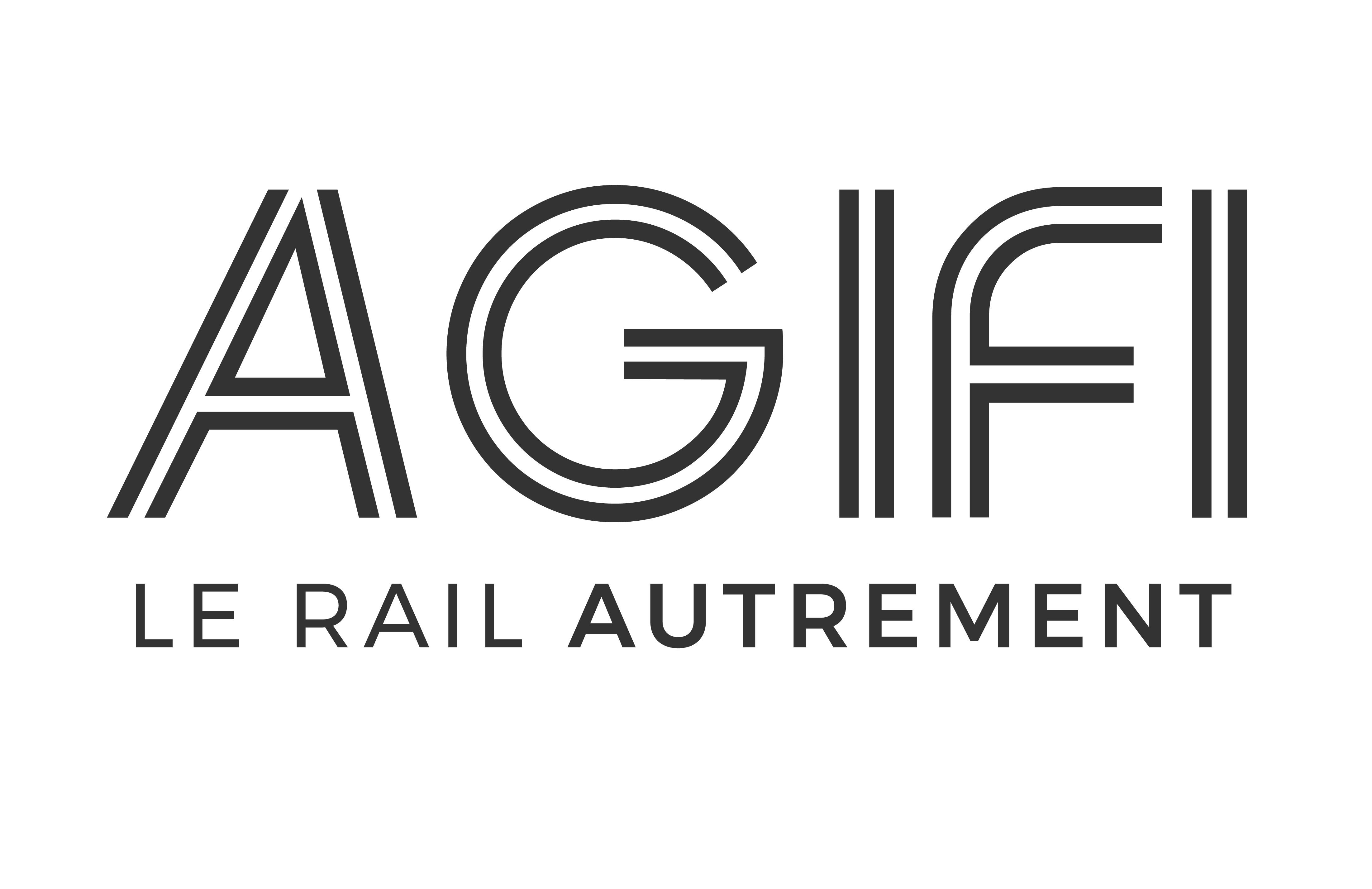Safety and performance
Safety is the top priority for AGIFI members. Maintenance teams work 24/7 to guarantee the safety of the railway infrastructure.
Almost 1,000 employees work every day to improve the safety, reliability, and consistency of the networks. Innovation also plays an important role, with smart infrastructure monitoring systems and new approaches to predictive maintenance that improve passenger safety and operational performance.






